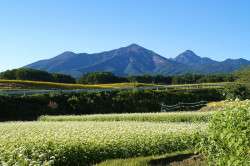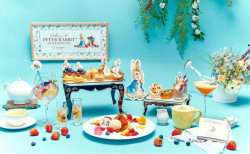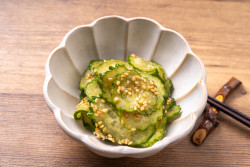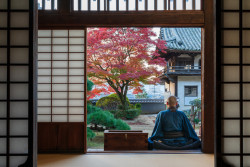
I started a YouTube channel in order to connect with my family. It was delightful to see that others were finding and enjoying some of my videos on life in Japan, and so I started putting out more content—even going so far as to promote it. It’s been more than a year since I started uploading regularly, and I’m enjoying the growth of my little channel. Certainly it’s not one of the big ones, but I honestly enjoy a smaller community that allows both viewers and myself to learn about each other.
Every view of my channel is a gift. Looking at stats, it’s interesting to me that my most viewed videos are related to pop culture and the “JVlog” community of YouTubers here in Japan. For example, my channel’s automatically generated list of “popular videos” shows that the most-viewed is about DisneySea, distantly followed by those about kaitenzushi, cupcakes in Tokyo, and a unique Mario game. However, the videos that I was most excited about producing—those that hold significant historical or cultural information—are often swept under the rug.
Case in point: my trip to Hakone, a town about an hour outside of Tokyo known for its hot springs. The old Tōkaidō, the stone path that linked Kyoto and Tokyo in the days before we had planes, trains, and automobiles, runs through here. The conditions for travelers were rough back then. Imagine hauling heavy luggage up slick wet stones under constant threats of thieves! My husband and I were able to walk this same road and experience what that was like—albeit with the sounds of traffic not far off and our worries not so severe.
We also visited Amazake Chaya, a place about ten minutes off this road that offered tea, amazake, snacks, and rest for those traveling along Tōkaidō. Amazake is a sweet drink made from fermented rice (sometimes the same used for making sake), and is often served warm, giving the ultimate comfort food sensation—something very welcome to the weary voyager. We were able to experience life in the Edo Period and were excited to share this with others. I had the videos go up on the same day. They garnered a fair number of views, which I think was helped by some well-known YouTubers sharing them.
A week after this historical excursion, I uploaded a video on cupcakes. It quickly surpassed the view counts of those from the Tōkaidō and Amazake Chaya, and is currently one of my most-viewed.
Still, the cultural angle fascinates me; and so a friend introduced me to a “Doll Appreciation Festival” at Meiji Shrine. Thousands of people brought their beloved stuffed animals and toys to this shrine for what was essentially a doll funeral. Hundreds of thousands of dolls lined the perimeter of the shrine, waiting for the “purification” ceremony during which the spirits of the dolls would be released. They were, essentially, set free. What a beautiful way to say goodbye to non-living childhood friends! I realized this was a dark subject, but it was unique to Japan and ultimately had an uplifting message.
But this failed to catch the attention of even a fraction of the viewers of the kaitenzushi video that I had uploaded the previous week.
YouTube can be a window into Japan and its unique culture and history, but this failure of such content to stick discourages creators from showing more cultural and historical topics. Many channels are monetized, and view counts are an important part of that. Each view is a vote on what we think is entertaining or interesting, and content creators act on this. Our priorities are shaping the content that appears on the platform. YouTube is more than just cat videos and pranks, but I’m concerned that we’re losing touch with what makes Japan really unique.
Do these views represent our priorities and what we really want to see from Japan?







